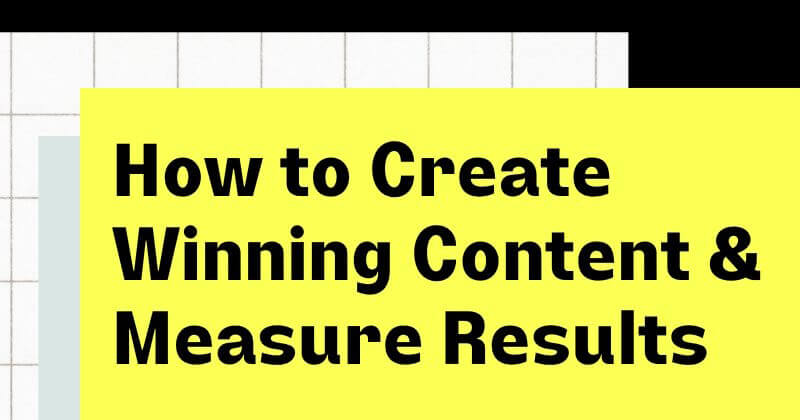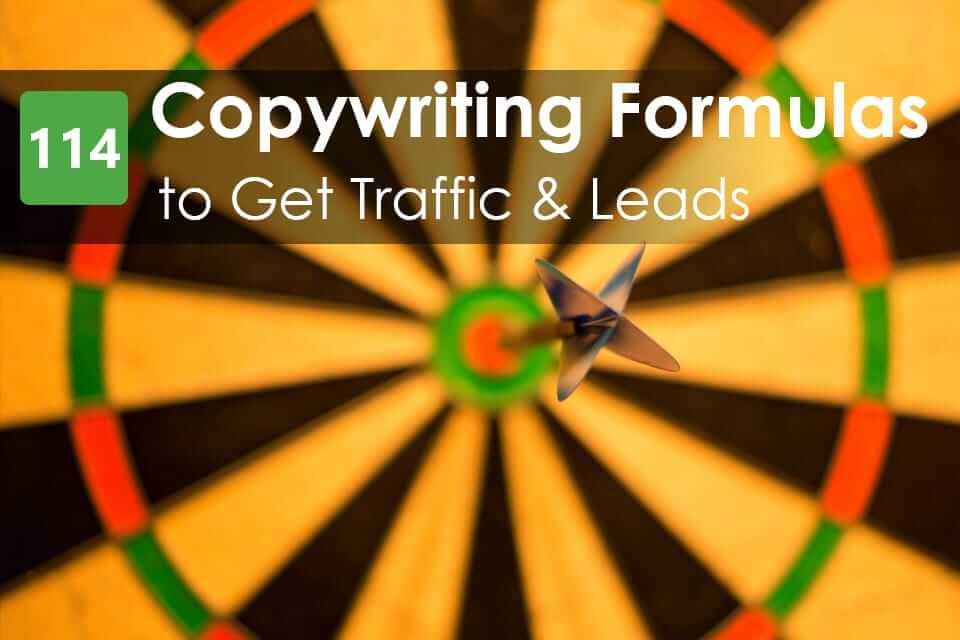
You’ve decided to make the leap, and use a freelance writer for your marketing copywriting.
Great, everyone’s doing it. But how do you avoid getting burned badly? Your marketing is too important to spend money on a writer that doesn’t deliver. There’s a number of criteria that separate good writers from great candidates for your content marketing team. In fact, even if you’re picking among pre-screened writers, you should dig a little deeper. Here are 7 seriously important factors to consider:








